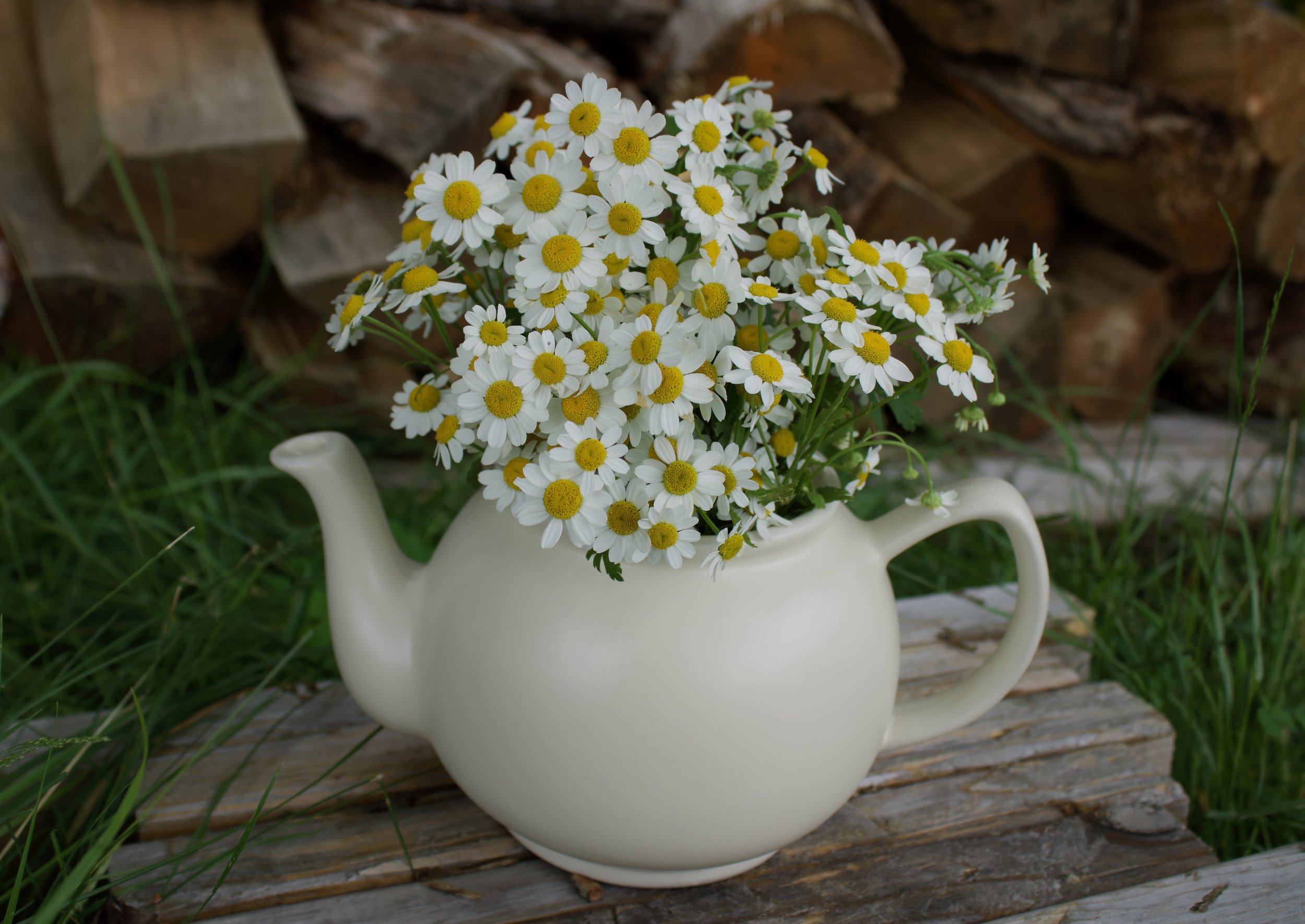Raphanus sativus
Also known as the Madras Podding Radish. We celebrate this incredible cultivar of India/Bharat by honoring the historic successes of reestablishing native place names. The city of Madras was officially renamed Chennai in 1996 as a part of the effort to shed anglicized names and restore the use of native languages after its 1947 independence.
This is a prolific friend in the garden especially if you would like to enjoy that radish flavor all summer long. Chennai Radish Pods are in fact the premature seed pod of a radish plant! They have been meticulously selected for a nice plump size and a juicy crunch that is irresistible when eaten raw. Long after your spring radishes have bolted, these heat loving plants will profusely yield hundred of pods as long as you keep them harvested! Excellent sautéed and pickled! Winter Update! We have been loving the radish we have stored in the freezer— no blanching required! They maintain excellent texture and add a fun burst of juiciness to winter stews and sautés. What an easy way to preserve the abundance of radish pods all year long!
Growing Instructions:
Direct sow in garden as soon as soil can be worked OR start indoor in trays 3-4 weeks before intended transplant date. Can be transplanted before last frost date, as soon as soil can be worked.
Plant 4” apart in rows 3’ apart.
Requires support or trellis. We found that running stakes and twine along either side of the row provides the support needed to hold up the pod laden branches of Chennai.
A balanced compost and dusting of woodash in each hole at time of planting will be all that Chennai needs to flourish. Not a heavy feeder.
Harvest:
Harvest pods between 2-4” long (see photo above). Much past that size, pods become tough and fibrous. Taste a few different sizes to find that “sweet spot” for harvesting. We found that when pods are left on the plant for too long the rest of pods on the entire plant begin to get more fibrous, so keep those plants well harvested, which will also ensure vigorous regrowth and a prolific harvest!





